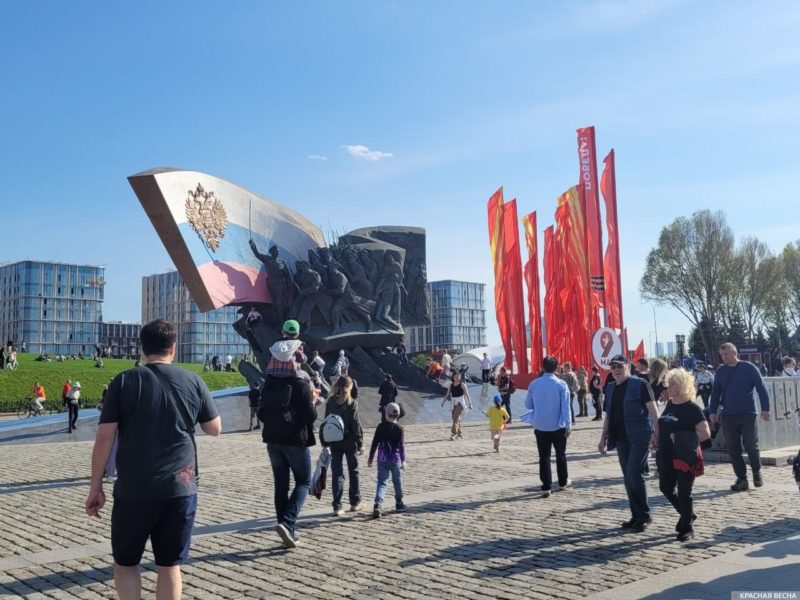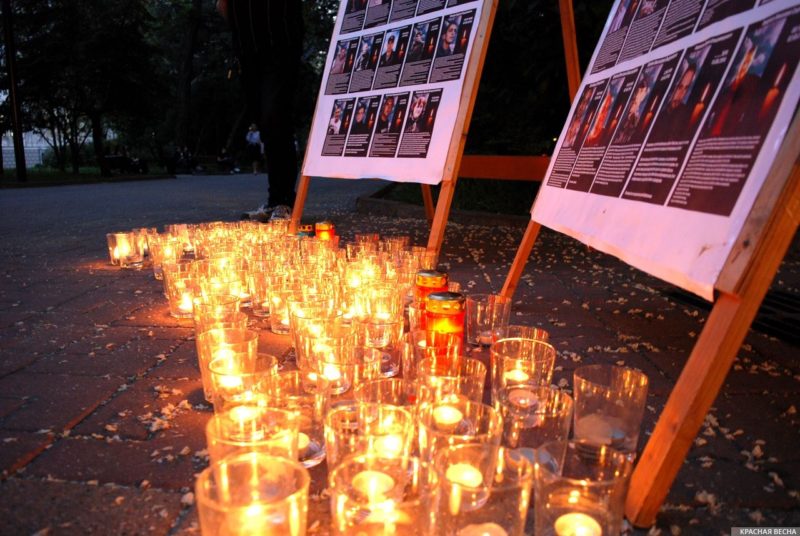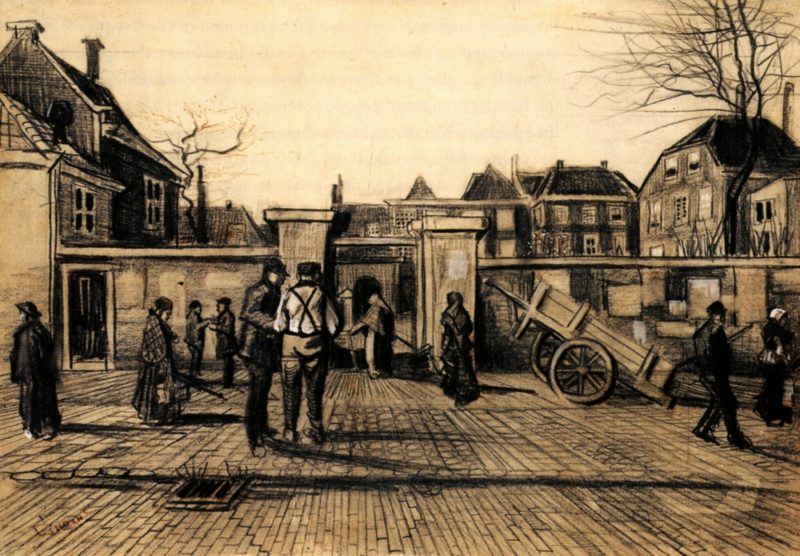28.08.2021, Aleksandrovskoye.
The plan of the General Secretary of the Central Committee of the Communist Party of the Soviet Union (CPSU) Yuri Andropov aimed at dismantling the USSR was to eliminate the communist ideology and unite the Slavic republics, said political scientist and the leader of the Essence of Time movement Sergey Kurginyan in his article “Human, too human…” published on August 19 in the Essence of Time newspaper.
The vector of the great game of Andropov’s team was to “discard” from the USSR the ethnically and religiously alien “ballast” and integrate what remained into Europe. This scenario, Kurginyan believes, is supported, in particular, by evidence he received from ex-chairman of the KGB of the USSR Vladimir Kryuchkov. According to Kryuchkov, in 1979 “a top level” meeting took place to discuss whether or not West Germany (Federal Republic of Germany) and East Germany (German Democratic Republic) should be united. Kryuchkov spoke against unification, and he “faced a strong negative reaction.”
Kurginyan explained the logic of Andropov’s plan, who intended to keep the central core of Russia while discarding Caucasus and Central Asia. To this end, the Soviet communist system had to be dismantled, and the ideological bonds had to be destroyed.
“A sort of a bond was to be the relative closeness of the major ethnic masses: Russian, Belorussian, Ukrainian. Therefore, the less consonant ethnic groups, such as Central Asian and Caucasian (and the Baltic one as a special issue) had to be separated,” the political scientist explained.
The Slavic republics remaining together were to unite in a democratic bourgeois state and completely integrate into Europe, Kurginyan noted.
According to this plan, the integrated alliance of Germany as an industrial country and Russian a supplier of resources was supposed to displace the USA from Europe, Kurginyan stressed.
“This scheme by Andropov stems from what might be called a revised version of the Comintern’s position,” the expert said. In Comintern central office until its dissolution in 1943, Otto Kuusinen was a member, who also was a member of the Presidium of the Central Committee of the CPSU.
“In this sense, there is a trace from Kuusinen to Andropov and from Andropov to Gorbachev,” Sergey Kurginyan stressed. He believes that there was no room for the CPSU in the Andropov-Kuusinen scheme, because it was unnecessary.
“As for the KGB, which built a branched pseudo-democratic network of its agents, it could be crucial,” the political scientist noted. He believes that the story from Ilya Erenburg’s story “The D.E. Trust” (D.E. stands for “Europe now”) resembles Andropov’s plan.
Source: Rossa Primavera News Agency




